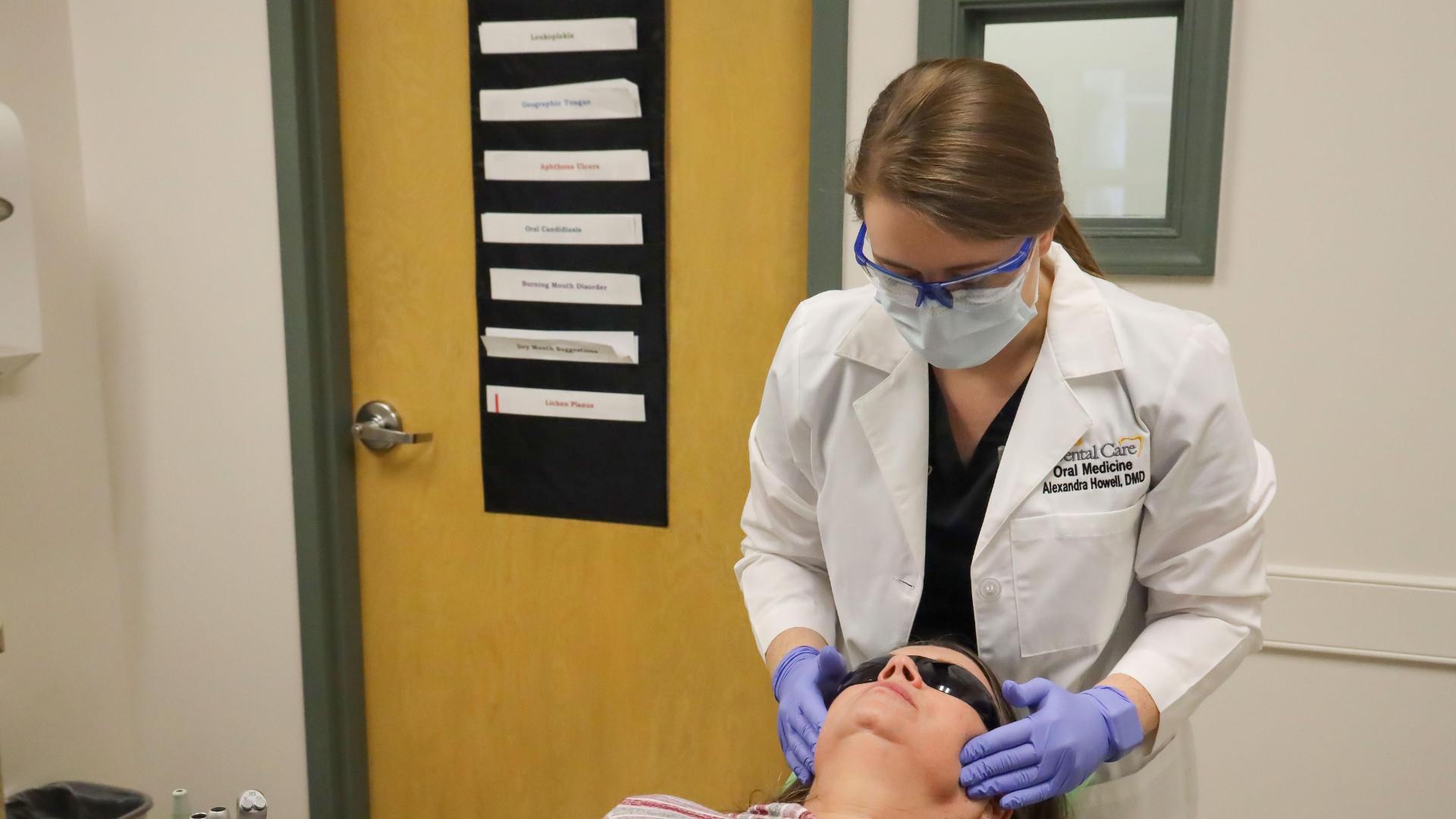
Artificial Intelligence’s Transformative Potential in Healthcare
Artificial intelligence (AI) has the potential to revolutionize healthcare by transcending barriers, democratizing access to vital services, and promoting equitable healthcare for all. The Sustainable Development Goals (SDGs) provide a framework for addressing global challenges and AI can play a significant role in achieving these goals.
SDG 3: Good Health and Well-being
AI can contribute to SDG 3 by improving healthcare delivery, diagnosis, and treatment. Machine learning algorithms can analyze large amounts of medical data to identify patterns and make accurate predictions. This can lead to early detection of diseases, personalized treatment plans, and improved patient outcomes.
SDG 5: Gender Equality
AI can help address gender disparities in healthcare by providing unbiased and personalized care. By analyzing data on gender-specific health issues, AI systems can offer tailored recommendations and treatments. This can ensure that women receive the same quality of care as men, reducing gender inequalities in health outcomes.
SDG 10: Reduced Inequalities
AI has the potential to reduce inequalities in healthcare access by overcoming geographical barriers. Telemedicine, powered by AI, enables remote consultations and diagnoses, bringing healthcare services to underserved areas. This can bridge the gap between urban and rural populations, ensuring equal access to healthcare services.
SDG 16: Peace, Justice, and Strong Institutions
AI can support SDG 16 by improving the efficiency and transparency of healthcare systems. AI-powered tools can streamline administrative processes, reduce errors, and enhance data security. This can lead to more effective governance, accountability, and trust in healthcare institutions.
Conclusion
The transformative potential of AI in healthcare aligns with the SDGs, offering opportunities to address global challenges and promote sustainable development. By leveraging AI technologies, we can work towards achieving universal access to quality healthcare and creating a healthier and more equitable world.
SDGs, Targets, and Indicators
-
SDG 3: Good Health and Well-being
- Target 3.8: Achieve universal health coverage, including financial risk protection, access to quality essential healthcare services, and access to safe, effective, quality, and affordable essential medicines and vaccines for all.
- Indicator 3.8.1: Coverage of essential health services.
- Indicator 3.8.2: Proportion of population with large household expenditures on health as a share of total household expenditure or income.
-
SDG 9: Industry, Innovation, and Infrastructure
- Target 9.5: Enhance scientific research, upgrade the technological capabilities of industrial sectors in all countries, in particular developing countries, including, by 2030, encouraging innovation and increasing the number of research and development workers per 1 million people and public and private research and development spending.
- Indicator 9.5.1: Research and development expenditure as a proportion of GDP.
Explanation:
-
SDG 3: Good Health and Well-being
The article discusses the transformative potential of artificial intelligence in healthcare, which aligns with SDG 3’s goal of promoting good health and well-being. The use of AI can help democratize healthcare and provide equitable access to vital services. This connects to Target 3.8, which aims to achieve universal health coverage and access to quality essential healthcare services for all. The article mentions the importance of access to safe, effective, quality, and affordable essential medicines and vaccines, which is also part of Target 3.8. The indicators mentioned in the article, such as the coverage of essential health services and the proportion of population with large household expenditures on health, can be used to measure progress towards achieving this target.
-
SDG 9: Industry, Innovation, and Infrastructure
The article highlights the transformative potential of artificial intelligence, which aligns with SDG 9’s goal of promoting industry, innovation, and infrastructure. The use of AI in healthcare represents an innovative approach to improving healthcare services. This connects to Target 9.5, which aims to enhance scientific research and technological capabilities, including encouraging innovation. The article mentions the importance of research and development in the field of AI, which can be measured using the indicator 9.5.1: research and development expenditure as a proportion of GDP.
| SDGs | Targets | Indicators |
|---|---|---|
| SDG 3: Good Health and Well-being | Target 3.8: Achieve universal health coverage, including financial risk protection, access to quality essential healthcare services, and access to safe, effective, quality, and affordable essential medicines and vaccines for all. | Indicator 3.8.1: Coverage of essential health services. Indicator 3.8.2: Proportion of population with large household expenditures on health as a share of total household expenditure or income. |
| SDG 9: Industry, Innovation, and Infrastructure | Target 9.5: Enhance scientific research, upgrade the technological capabilities of industrial sectors in all countries, in particular developing countries, including, by 2030, encouraging innovation and increasing the number of research and development workers per 1 million people and public and private research and development spending. | Indicator 9.5.1: Research and development expenditure as a proportion of GDP. |
Behold! This splendid article springs forth from the wellspring of knowledge, shaped by a wondrous proprietary AI technology that delved into a vast ocean of data, illuminating the path towards the Sustainable Development Goals. Remember that all rights are reserved by SDG Investors LLC, empowering us to champion progress together.
Source: healthleadersmedia.com

Join us, as fellow seekers of change, on a transformative journey at https://sdgtalks.ai/welcome, where you can become a member and actively contribute to shaping a brighter future.






